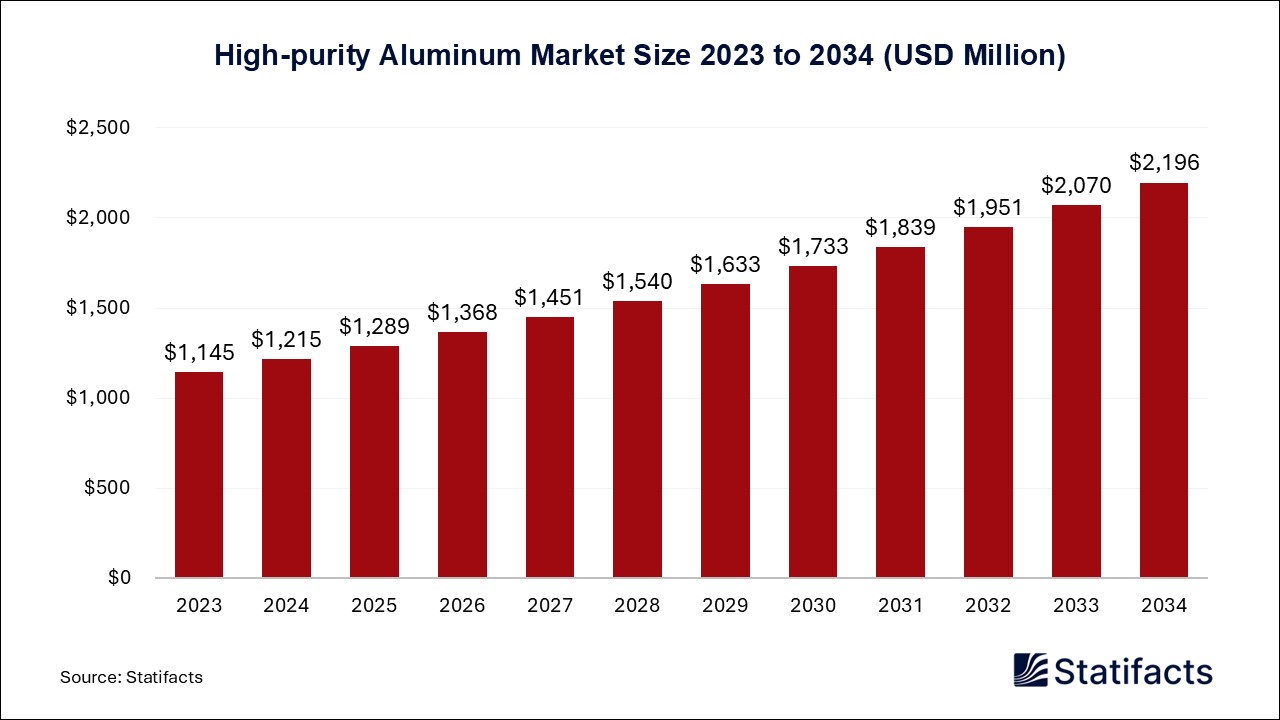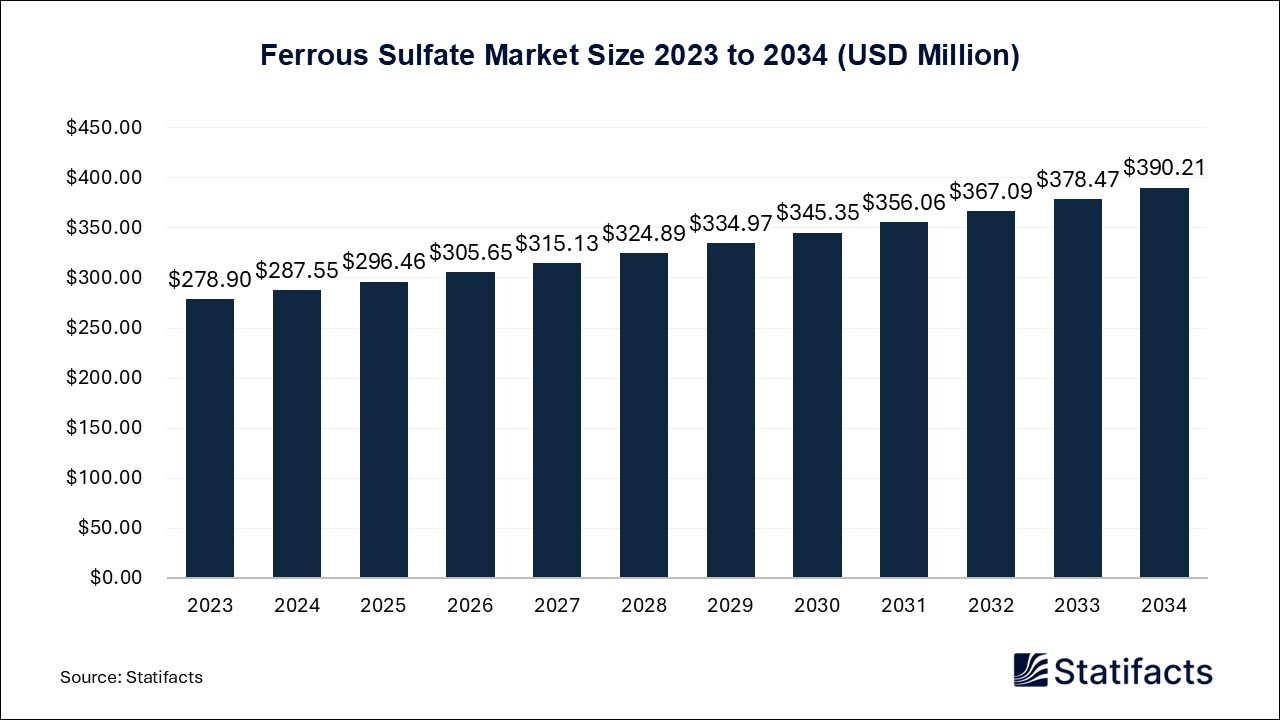

Our customers work more efficiently and benefit from
The global cell therapy technologies market size was estimated at USD 6,560 million in 2024 and is projected to be worth around USD 34,040 million by 2034, growing at a CAGR of 17.9% from 2025 to 2034.
| Industry Worth | Details |
| Market Size in 2025 | USD 7,730 Million |
| Market Size by 2034 | USD 34,040 Million |
| Market Growth Rate from 2025 to 2034 | CAGR of 17.9% |
The cell therapy technologies market refers to the production, distribution, and application of cell therapy technologies in which the transfer of new cells, or cells that have been modified in a laboratory to achieve particular characteristics, into the body to prevent or treat a disease. Cell therapy refers to the transfer of cellular materials into a patient for therapeutic purposes. The source of these cells can be either derived from the same person (autologous) or derived from another person (allogenic). This technology uses cells from the human body that are purified, propagated, and/or differentiated to a specific cell product that subsequently is administered to a patient for a specific therapeutic treatment without further technological input.
Many types of cell therapies for cancer are being explored, including CAR T cells, NK cells, vaccines, tumor-infiltrating lymphocytes (TIL), and other genetically modified T cells. Cell therapy technology uses the power of a patient’s own immune system to attack certain types of cancer cells, offering hope for a potential cure for some patients. The therapeutic potential of these cells to regenerate functional tissue and replace damaged tissue is vast. Additionally, stem cell-based therapies may improve the body’s own ability to repair itself.
The use of automation and robotics in production is driving the growth of the cell therapy technologies market. The use of industry-standard equipment in the robotic cluster may support accelerated manufacturing scale-up. Further development of robotic approaches to cell therapy manufacturing has the potential to improve quality, decrease labor costs, and increase manufacturing throughput. Industrial automation and robotics are the use of computers, control systems, and information technology to handle industrial processes and machinery, replacing manual labor and enhancing efficiency, speed, quality, and performance.
The potential applications of cell therapies include improving a weakened immune system, repairing spinal cord injuries, rebuilding damaged cartilage in joints, infectious diseases, urinary problems, autoimmune diseases, treating cancers, and helping patients with neurological disorders. The main goal of automation is to enhance efficiency, accuracy, and speed in business processes, ultimately leading to increased productivity and reduced costs.
The use of advanced analytical tools contributes to the growth of the cell therapy technologies market. The benefits of advanced analytical tools in cell therapy technology improve process understanding, improve process performance, and ensure batch-to-batch reproducibility in cell therapy manufacturing with easy-to-use process analytical technology (PAT) tools. The application of PAT to cell therapy processing may also accelerate process development and characterization due to increased visibility and understanding of key process variables. These tools may thereby help provide insights into the influence of these variables on product attributes.
Advanced analytics allows organizations to make informed decisions based on data insights rather than intuition. By analyzing large data sets, business users can identify trends, correlations, and anomalies that may not be apparent through traditional analysis. Analytical tools are designed to help you make decisions or, at the very least, streamline your company’s decision-making process by collecting, visualizing, and communicating data.
The increasing collaborations between research institutions and industry stakeholders are driving the growth of the cell therapy technologies market. In many industries, collaboration can lead to shared knowledge, innovation, and the development of common standards, providing a competitive advantage and benefiting the industry as a whole. Collaborative research has the capabilities for exchanging ideas across disciplines, learning new skills, access to funding, higher quality results, radical benefits, and personal factors such as fun and pleasure. The industry and institutional partnership promote the discovery of new synergies and models for companies, and this collaboration provides access to expertise and research that leads to innovation, extends the resources, and sharpens the competitive benefit of the companies.
Published by Laxmi Narayan , March 2025
For any questions about this dataset or to discuss customization options, please write to us at sales@statifacts.com
| Stats ID: | 8149 |
| Format: | Databook |
| Published: | March 2025 |
| Delivery: | Immediate |
| Price | US$ 1550 |



| Stats ID: | 8149 |
| Format: | Databook |
| Published: | March 2025 |
| Delivery: | Immediate |
| Price | US$ 1550 |

You will receive an email from our Business Development Manager. Please be sure to check your SPAM/JUNK folder too.

Unlock unlimited access to all exclusive market research reports, empowering your business.
Get industry insights at the most affordable plan
Stay ahead of the competition with comprehensive, actionable intelligence at your fingertips!
Learn More Download
Download

